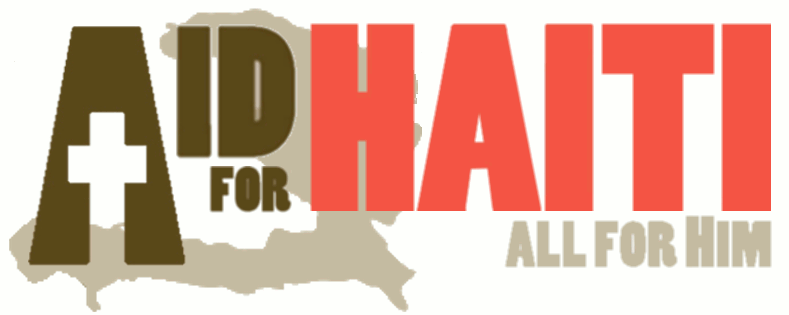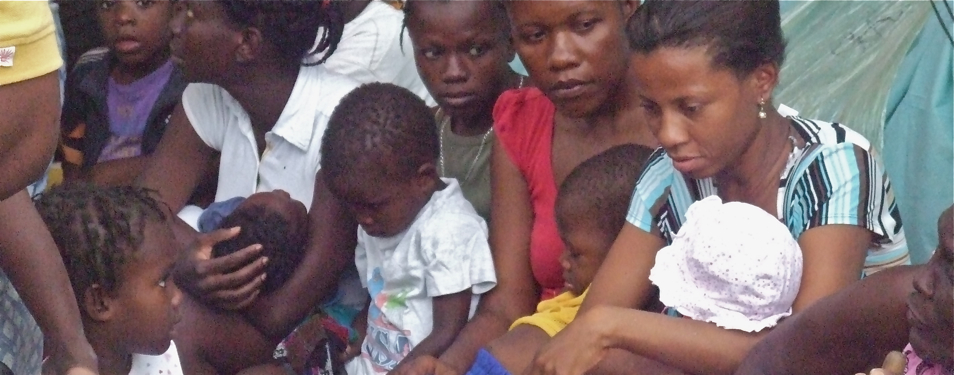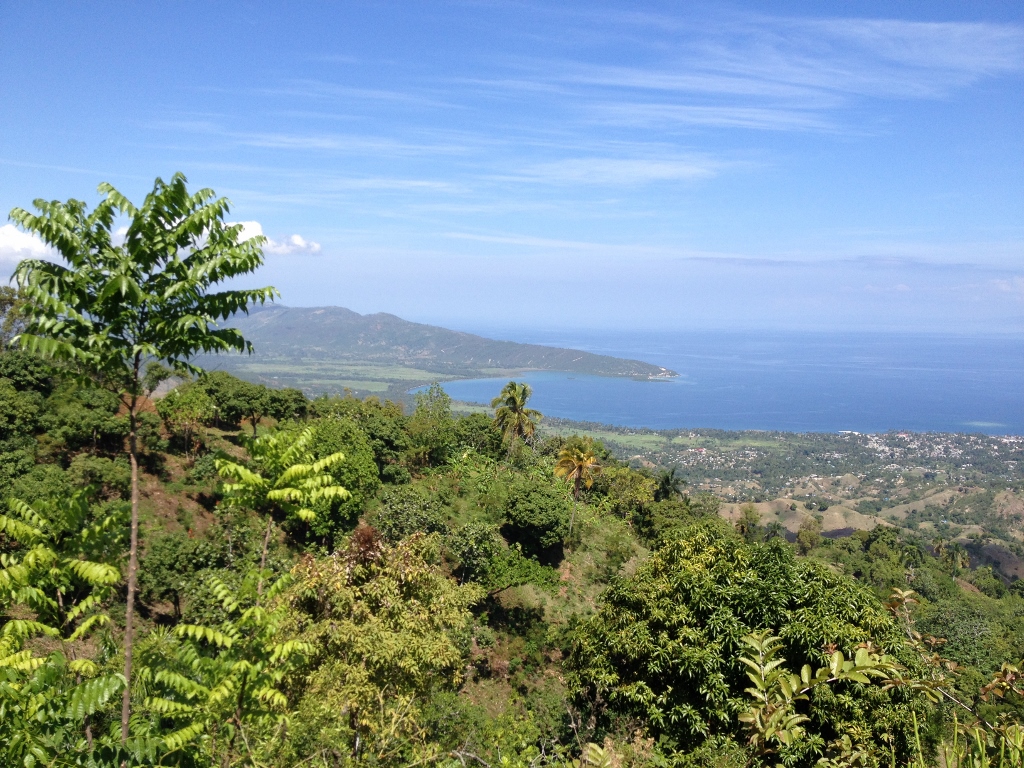ST. DENIS, Haiti — Three medical workers arrived at a clinic near here over the weekend on a mission to deliver supplies and spread the word about preventing a deadly cholera outbreak from getting worse after the torrential rains brought by Hurricane Tomas.
Multimedia
Several of them said, yes, they drank water from a river known to be contaminated with the cholera-causing bacteria. And, no, they don’t always have money to buy bottled water.
“We know there may be cholera in there, but sometimes it is all we have to drink,” said Alienne Cilencrieux, 24. “If we have Clorox, we pour some in and drink it. It tastes bad. Or we dig in the ground until we find water and drink that.”
The cholera outbreak, which has killed more than 500 people and sickened more than 7,000 in the past two and a half weeks, is largely confined to this region of rice paddies and small settlements, where the water has long provided life and livelihood.
But after several inches of rain fell as Hurricane Tomas passed on Friday, health authorities are racing to keep people from drinking unsanitary water, particularly here, where the Artibonite River is known to be contaminated with the disease.
At the public hospital in nearby Petite Rivière, the number of cholera cases has risen since Friday, after trailing off during the week. But doctors said it was too soon to say whether the increase was an anomaly or a sign that the epidemic may worsen with the flooding.
There were also several reports that new cases were suspected in far-flung areas of Haiti, including several cases under investigation on Monday in the capital, Port-au-Prince, raising concern that the disease may have spread there.
The city’s overcrowded earthquake survivor camps and unsanitary conditions could promote the disease. But previously, the only cases confirmed in the capital were among people who had traveled from areas already affected.
Surges in suspected cases are common, as people confuse common diarrhea with cholera, which is much worse and can quickly dehydrate and kill its victims if untreated.
Even spikes in confirmed cases have “happened from time to time, and it may not be directly related to Hurricane Tomas,” said Crystal Wells, a spokeswoman for the International Medical Corps, a group working here in the Artibonite River region. It is now building a cholera clinic at a hospital in Gonaïves to handle the surge in suspected cases there.
Singer Ronald, a spokesman for the Health Ministry, said Monday that the ministry was testing the new cases to confirm the disease and determine where it might be spreading.
In the countryside, medical workers from Doctors Without Borders have quickly found that they have to battle not only the water, which is everywhere, but also the fact that generations of Haitians use the river and its tributaries for almost everything.
Rice farming requires heavy water use, and irrigation ditches and branches from the Artibonite lace through here. The people cook with the water and wash clothes in it. And most alarmingly for those trying to check the spread of cholera, which is found in feces and spread through water, the people sometimes defecate in it.
“The two things we do not have enough here are bottled water and latrines,” said Ruben Petit, a local minister helping the workers educate the community.
Anne Khoudiacoff, a Doctors Without Borders nurse, said it was impractical to tell people not to wash or bathe in the waters, even with the risk of incidental consumption, because of the lack of alternatives.
Instead, the focus is on urging people not to consume the water directly and delivering purification tablets and bottled water far and wide.
Still, many residents said they often could not afford to buy the tablets or bottled water. They depend on distribution from aid groups, several of which fanned out over the weekend to deliver supplies.
“We worry about it a lot,” said Solomon Pierre, who lives in a farming hamlet near L’Estère in this region, adding that one of his seven children had cholera but recovered. “Before the cholera we drank from the river and the canals all the time. Now we try not to.”
Away from population centers, rural victims often get sick, try home remedies and travel long distances to crowded public hospitals, arriving in advanced, acute stages of the disease with an increased risk of death.



Published by